Can You Soundproof A Room That is Already Built?
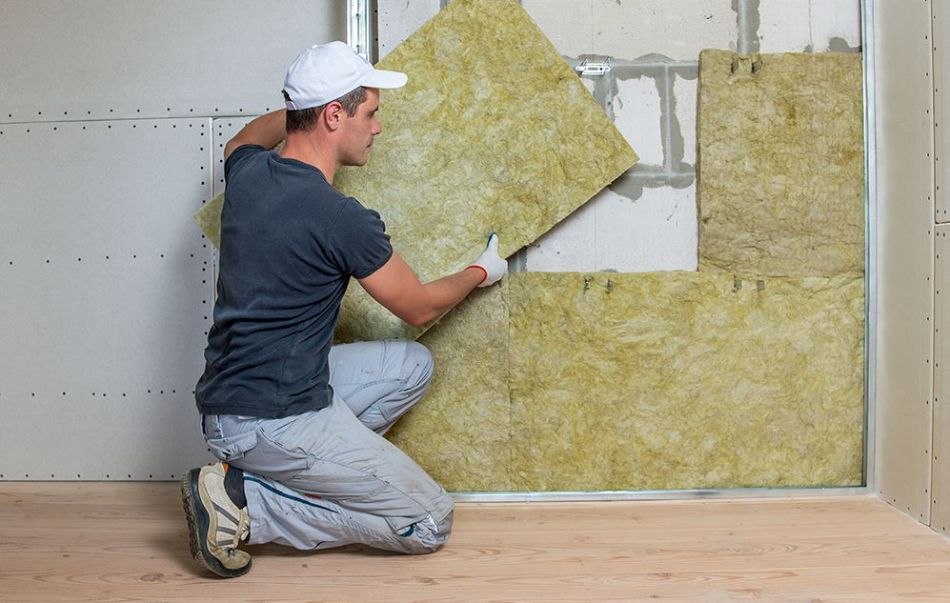
Soundproofing a room that is already built can be a challenging task, but it is not impossible. With the right materials and methods, you can effectively reduce the sound that enters or escapes the room, creating a more peaceful and private environment.
Whether you need to reduce noise from the outside or contain sound within the room for recording or gaming purposes, there are several ways to do this. In this article, we’ll go through the various methods for soundproofing an existing room and provide you with some tips to achieve the best results. So, let’s start!
Can You Soundproof A Room That is Already Built? Yes, it is possible to soundproof a room with existing walls. Methods that can be used to soundproof a room that has walls is to seal gaps and cracks around the room, use acoustic curtains and panels around the windows, increase mass with built-ins, or add an acoustic foam panel.
When you already have a built room in your house, soundproofing walls can be challenging because you have to pay attention not to damage existing walls. You should also pay attention to the windows and ensure they are also soundproof. Before we start, let’s see the main challenges we will face.
Challenges Of Soundproofing A Room That is Already Built
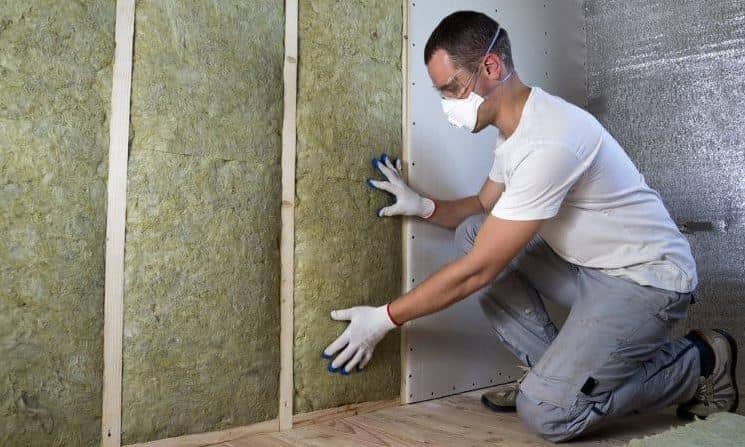
As with everything, there are some challenges that we will encounter when it comes to soundproofing a room that is already built. These are the main ones:
- How Much Money Will It Cost Us? Do we have enough money for this project? Usually, the average cost for soundproofing a room is around $10-$30 per square foot.
- How Much Time Does It take To DIY? If we decide to do this project on our own, how long will it take us to make it? Usually, depending on the room size, it will take us around 1 week to finish.
- Is This Necessary? Is the noise so loud that you can’t stand it anymore or does it not affect your mood that much? It’s up to you to judge.
Types of Noises In A Room
There are two different types of noises that you can encounter in your house: airborne sound and structure-borne sound. For example, your ear is exposed to airborne sounds when you hear your children talking from another room.
When an object strikes a surface and causes vibrations, then it is structure-borne noise, also known as impact noise. These are transmitted through additional building surfaces until they reach your ear.
Related Article: 7 Ways to Quiet A Noisy Refrigerator Compressor
Understanding Soundproofing Materials and Techniques
Before you start soundproofing a room that already has existing walls, you need to understand how soundproofing works. We will briefly go through the essential terms that are important to understand.
Mass
Vibrations carry sound from one place to another. A sound wave must cause movement on a hard surface for the sound to travel through it. Larger objects are more difficult to move than smaller ones. As a result, the energy of a soundwave will have a harder time passing through the surface. By increasing the amount of solid material in the room, the room will have better sound insulation and will leak less sound.
Absorption
Some materials are capable of absorbing soundwave energy and neutralizing it. Your home’s walls’ fiberglass insulation serves as a great example of how to reduce noise through absorption. Higher frequencies are much easier to absorb. On the other hand, lower frequencies have a lot more energy, so it’s more complicated to absorb it.
Here is also one article that might help you to soundproof your room, be sure to read How to Reduce Noise Through Walls? 8 Easy Ways.
Methods To Soundproof A Room With Existing Walls
In this chapter, we’ll cover the most effective methods of soundproofing a room that is already built. So, let’s go!
1. Sealing Gaps and Cracks
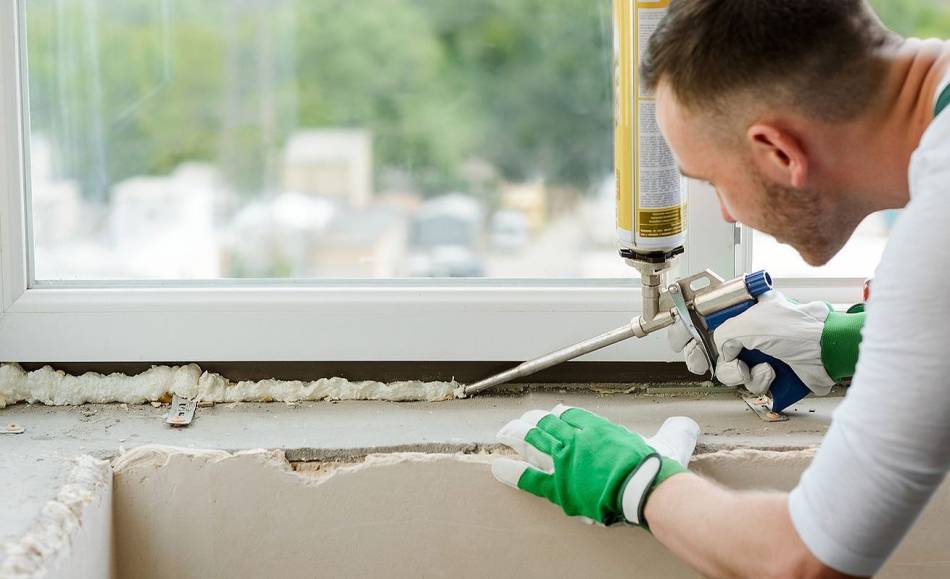
It is very important to seal any gaps and cracks that you find in a room. Usually, these gaps are present in places such as light fixtures, windows, electrical outlets, and below the doors. The best way to seal them is by using acoustic caulk. Another method that can be used to seal gaps and cracks is weather stripping.
When it comes to weather stripping, they are recommended to be placed under doors and around windows. By using it, you will not only soundproof the room better, but your room will be more energy efficient.
Related Article: How To Soundproof A Hollow Door? 9 Esay Ways
2. Use Acoustic Curtains and Panels on the Walls
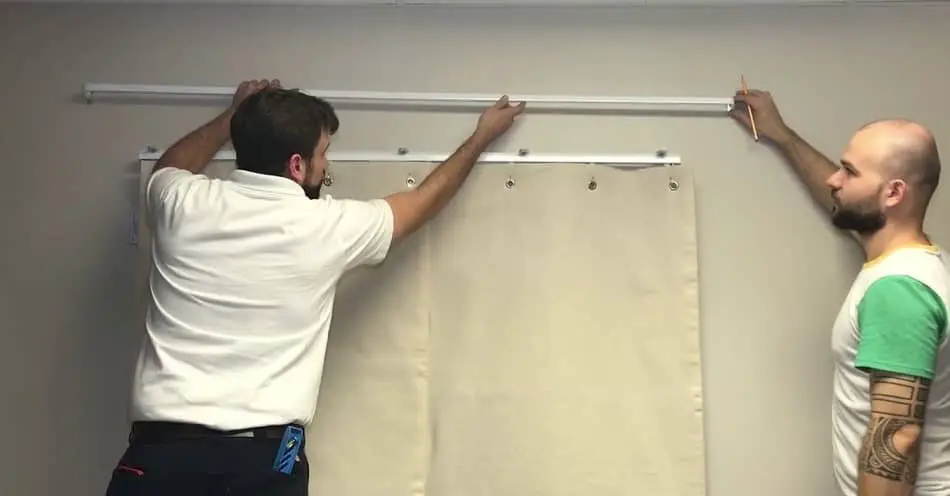
Another method that will help you soundproof a room that is already built is using acoustic curtains or panels. Place them on the wall around your room, and the noise level will be drastically reduced. Keep in mind that there are many different models of acoustic curtains that differ in thickness and density. Choose the one best suits your room and cover your windows with them.
> Buy Acoustic Curtains HERE <
However, these curtains can also be installed on the wall to absorb sound. Our recommendation is to choose the thicker models. Acoustic panels use mineral wool as insulation material, which gives very good results. They are wrapped in fabric to fit into any room without ruining the interior.
3. Add Mass With Built-Ins
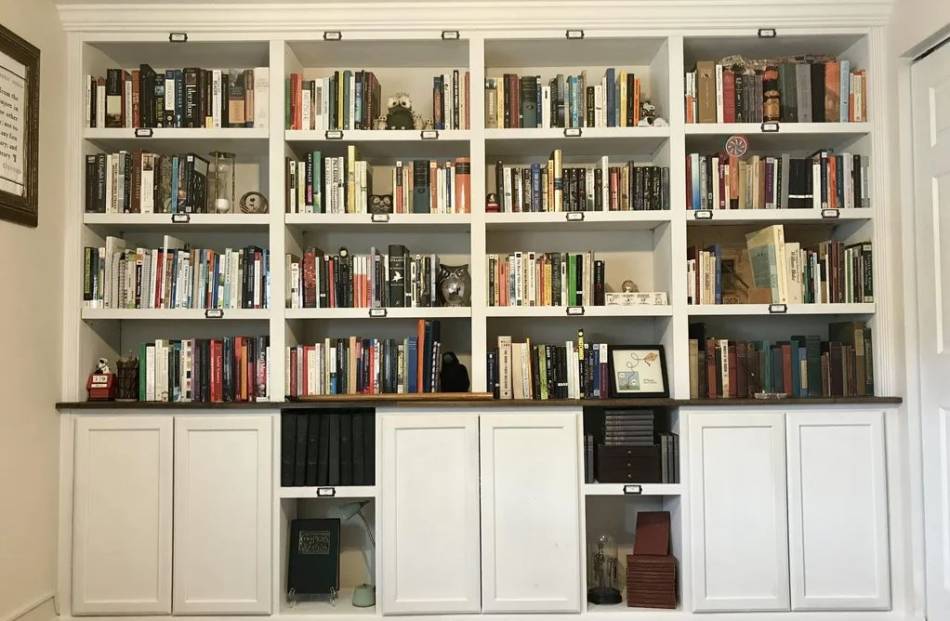
If you have the case that a large part of the noise comes into the room through a certain wall, then you can solve the problem by adding additional mass to that part of the wall. The thicker the wall, the less noise will pass through it. One way to do this is to add a large bookshelf and lean it against the wall. It will make a drastic difference.
Another method to soundproof a room that is already built is to add an additional sheetrock layer to the room wall. Drywall is a good material that can be used to reduce sound. Using acoustic caulk or MLV (Mass-loaded vinyl) can also help in soundproofing. The best place is to install it between the drywall.
Related article: Are Egg Cartons Good For Soundproofing?
4. Install Acoustic Foam Panels
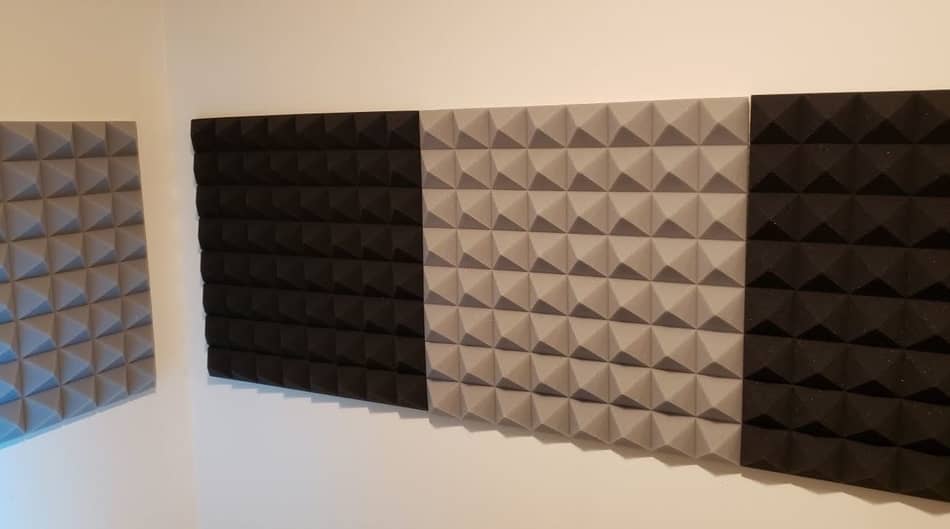
Acoustic foam panels are a very popular soundproofing material. They are specially designed to reduce the noise in the room and are most often used in music studios and environments where there is noise. Therefore, why not use these panels in your room and reduce the noise?
When choosing an acoustic foam panel, you must choose the thickness you want for your room. The range you have at your disposal is between 1″ and 5″, and they come in different colors and shapes. They can easily fit into the environment in just a few minutes.
> Buy Acoustic Foam Panels HERE <
Placing these panels in the room will drastically reduce the sound, especially if you listen to loud music and have a TV that works a lot. Your room will be soundproof after adding them.
Here you can watch a video that will give you additional information about soundproofing a room that is already built.
Related article: 6 Best Soundproof Floor Mats – Expert Explain
FAQ: People Also Ask
How Much Will It Cost To Soundproof A Wall?
Soundproofing a room wall will cost anywhere between $10 and $30 per square foot. If you have a standard 12 x 14 wall in your room, you’ll need to pay between $1,500 and $4,000 to soundproof just that wall.
How To Soundproof A Wall In An Apartment?
One of the solutions to soundproof a wall in an apartment is to hang acoustic panels and Mass-loaded vinyl (MLV). However, there are no permanent solutions when it comes to apartments. Another option is to add mass to the wall by adding bookcases.
How To Soundproof Interior Walls?
The best way to soundproof an interior wall is by installing an additional layer of acoustic drywall between the layers. Also, an important step in the process is to close gaps in the wall by using acoustic caulk.
What Is The Cheapest Way To Soundproof a Wall?
The cheapest way to soundproof a wall in a room is to use acoustic curtains. There are many models of acoustic curtains on the market, and you need to choose the one that suits your room. Another way is by adding acoustic panels to the wall. However, this option is a little more expensive.
Final Thoughts
In conclusion, soundproofing a room that is already built can be a worthwhile investment for anyone seeking a more peaceful and private environment. Whether you are trying to reduce outside noise or contain sound within the room, there are several options available.
Each method has benefits and drawbacks, from adding mass to the walls to installing soundproof curtains. The key to successful soundproofing is understanding the materials and techniques involved and finding the best solution for your specific needs and budget.
With the right approach and a little bit of patience, you can transform your existing room into a quiet and peaceful haven. If you have any additional questions feel free to leave a comment.
